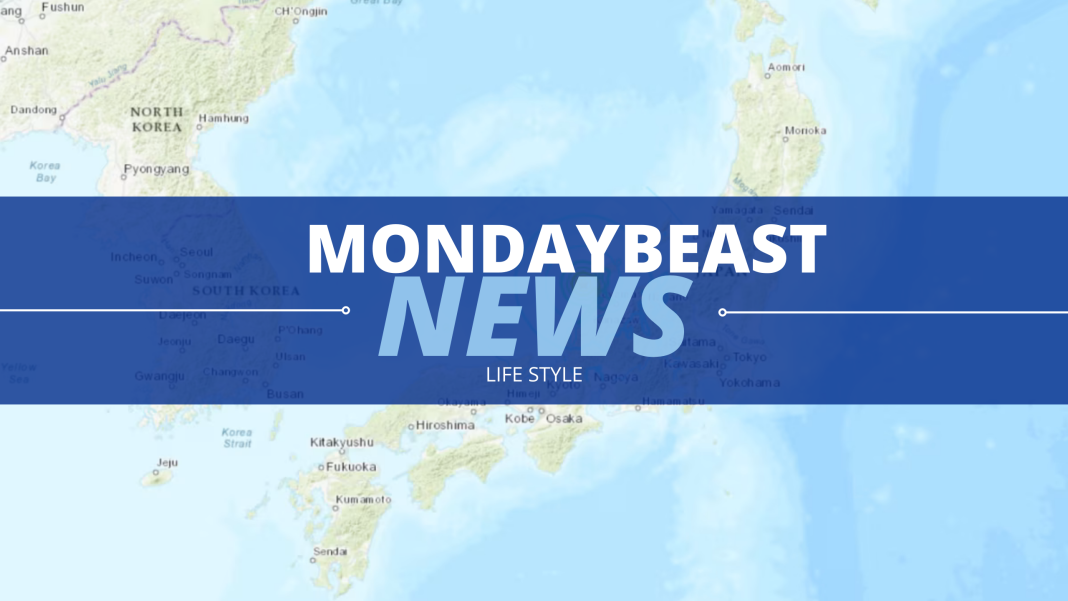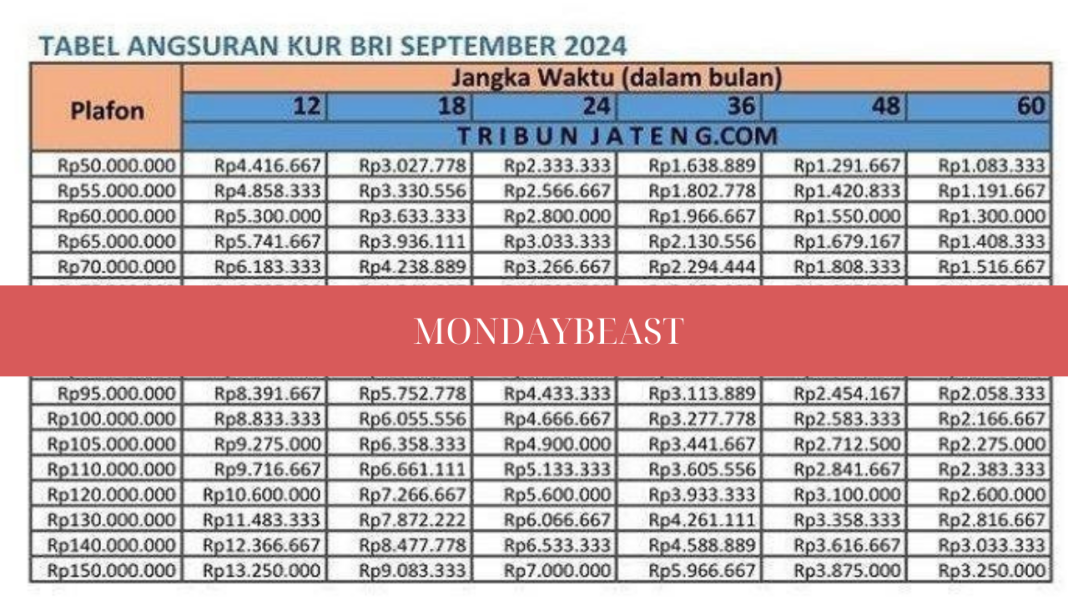On Tuesday night, a magnitude 6.6 earthquake struck off the coast of central Japan. This shook the Noto Peninsula, an area still healing from a devastating quake earlier this year. What do such jolts mean for residents living in the shadow of the Pacific’s Ring of Fire?

For many people, earthquakes evoke fear and uncertainty. The Japan Meteorological Agency reported the quake occurred at a depth of 7 kilometers at 10:47 p.m. As news spread, questions loomed—are we doing enough to prepare? Thankfully, no tsunami warning was issued, and initial reports indicate no substantial damage. Yet, the memory of the New Year’s Day catastrophe, which killed over 400 people, looms large.
One woman in her 70s suffered injuries in the town of Tsubata. News outlets reported, citing Kyodo, that this was the only significant immediate injury. Is this minor compared to the past simply part of living in a seismically active country? An NHK reporter stationed in Ishikawa described feeling the quake’s vertical thrust but noted traffic lights remained functional. This brings a sense of relief.

Japan sits atop four major tectonic plates; it’s no stranger to earthquakes. Each year, the nation experiences around 1,500 tremors, making up a staggering 18% of the world’s earthquakes. Most of these are mild, but it’s the big ones that resonate — both literally and emotionally. For those who lived through the January quake, the anticipation of another one can provoke anxiety.
Natural disasters can and do happen anywhere. For example, in California, quakes often remind residents that the ground beneath their feet can shift unexpectedly. Hence, understanding seismic patterns can be beneficial globally, not just for those directly affected. Moreover, Japan’s advanced building structures serve as a model for disaster resilience.

Despite the focus on infrastructure, human stories are vital too. Families devastated by loss often advocate for better preparedness. Would better education on survival techniques help? This is an ongoing conversation among officials, scientists, and everyday citizens. As we reflect, what can we learn from Japan’s experience? How can we foster a culture of readiness that empowers individuals?
In conclusion, while this recent quake caused limited injury and no significant damage, the stress it brings is very real. It serves as a reminder that we must keep the conversation going. Preparedness and awareness can save lives, making questions of how we respond crucial. As Japan navigates its complicated relationship with seismic activity, can we not see the value of learning from these experiences?




